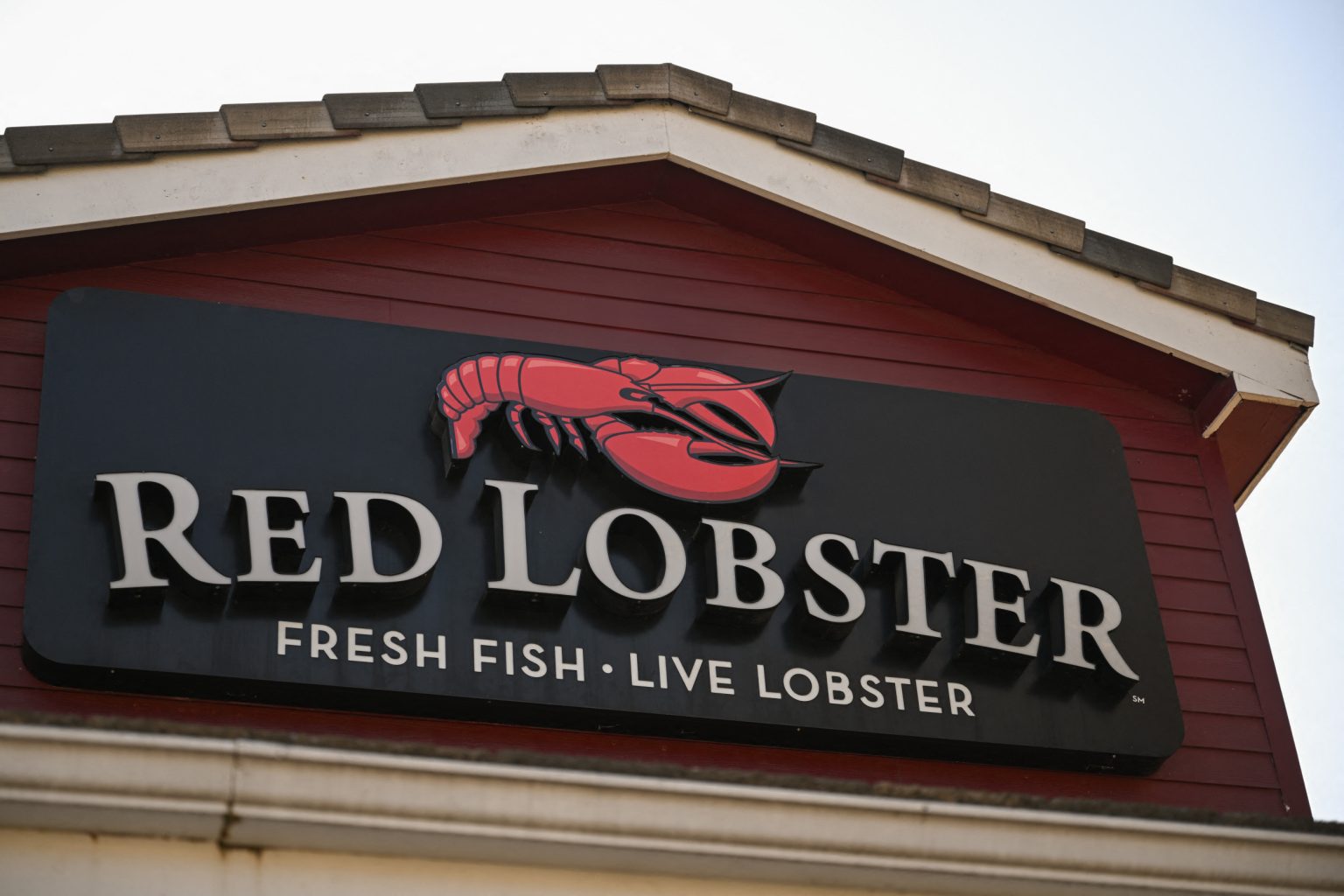Red Lobster has faced financial difficulties as at least 48 of its restaurants across the U.S. were abruptly closed without a public statement. The company, which operates around 650 locations, has suffered losses, including an $11 million loss during the third quarter of 2023. Earlier this year, parent company Thai Union Group announced divestment, leading to concerns about bankruptcy. The official Red Lobster social media accounts have been inactive, with no mention of the planned closures.
Local officials, such as Rickey Williams Jr., the mayor of Danville, Illinois, have expressed their shock at the sudden closure of Red Lobster restaurants in their communities. Williams shared that one branch laid off its entire staff without notice, despite being highly rated for customer service and satisfaction. In addition to the Danville location, nearly 120 other Red Lobster stores were closed abruptly, leaving employees without jobs. The impact of the closures has affected thousands of employees, with liquidators beginning auctions of equipment from the shuttered restaurants.
TAGeX Brands, a restaurant liquidator, began auctioning off kitchen equipment, furniture, and other items from more than 50 Red Lobster locations following the closures. These auctions have been described as the largest restaurant liquidation ever, with single winners for each location taking all the fixtures, furniture, and equipment. Thai Union Group’s decision to divest from Red Lobster was partly attributed to the company’s introduction of the “Ultimate Endless Shrimp” as a permanent offer, which did not bring the expected boost in traffic to the restaurants, adding to their financial challenges.
The closure of Red Lobster restaurants has raised concerns about the impact on employees and the communities where the restaurants were located. Mayor Williams expressed gratitude to the local Red Lobster staff for their service over the years and offered support to those affected by the sudden closures. The lack of communication from Red Lobster’s corporate office and the absence of public statements about the closures have left employees and customers seeking answers about the future of the popular seafood chain. The situation underscores the challenges faced by the restaurant industry, particularly as businesses navigate financial difficulties and changing consumer preferences.
The closure of Red Lobster restaurants has left a significant number of employees without jobs and has prompted discussions about the reasons behind the abrupt closures. Thai Union Group’s decision to divest from Red Lobster, combined with the challenges posed by the ongoing pandemic and changing consumer behaviors, have contributed to the chain’s financial struggles. As the company faces uncertainties about its future, there is a need for transparency and communication with employees, customers, and the public. The impact of the closures extends beyond business operations to the livelihoods of thousands of employees who have been affected by the sudden loss of their jobs.


